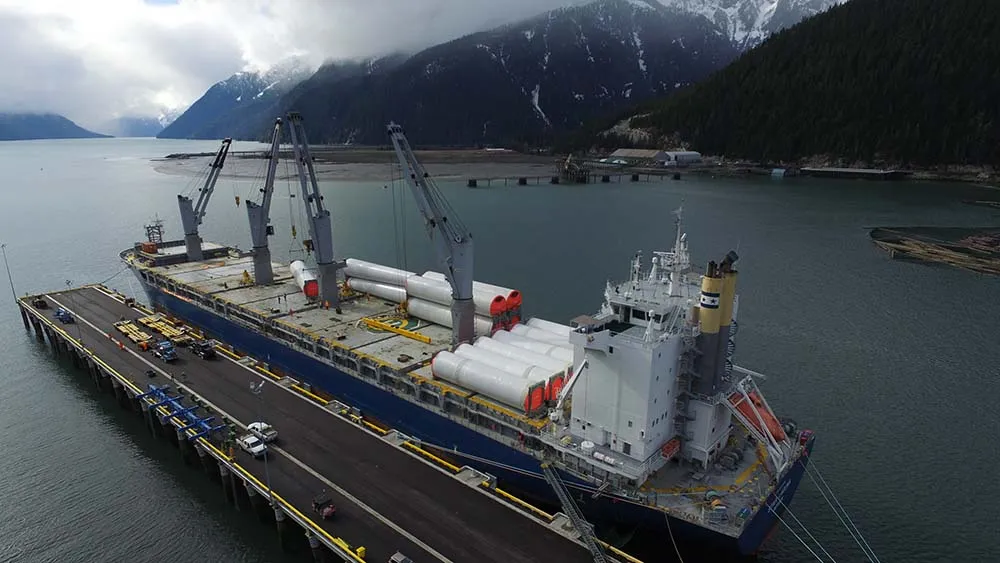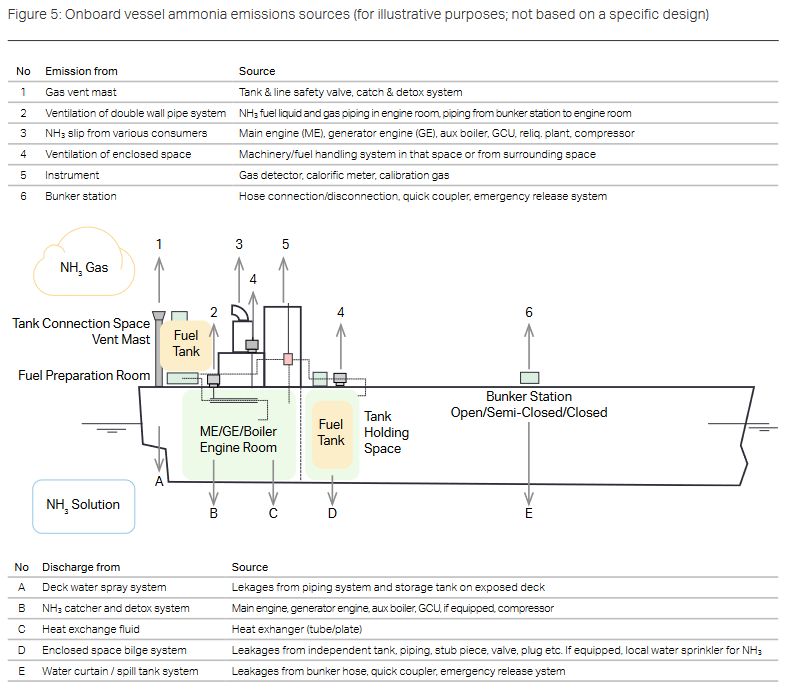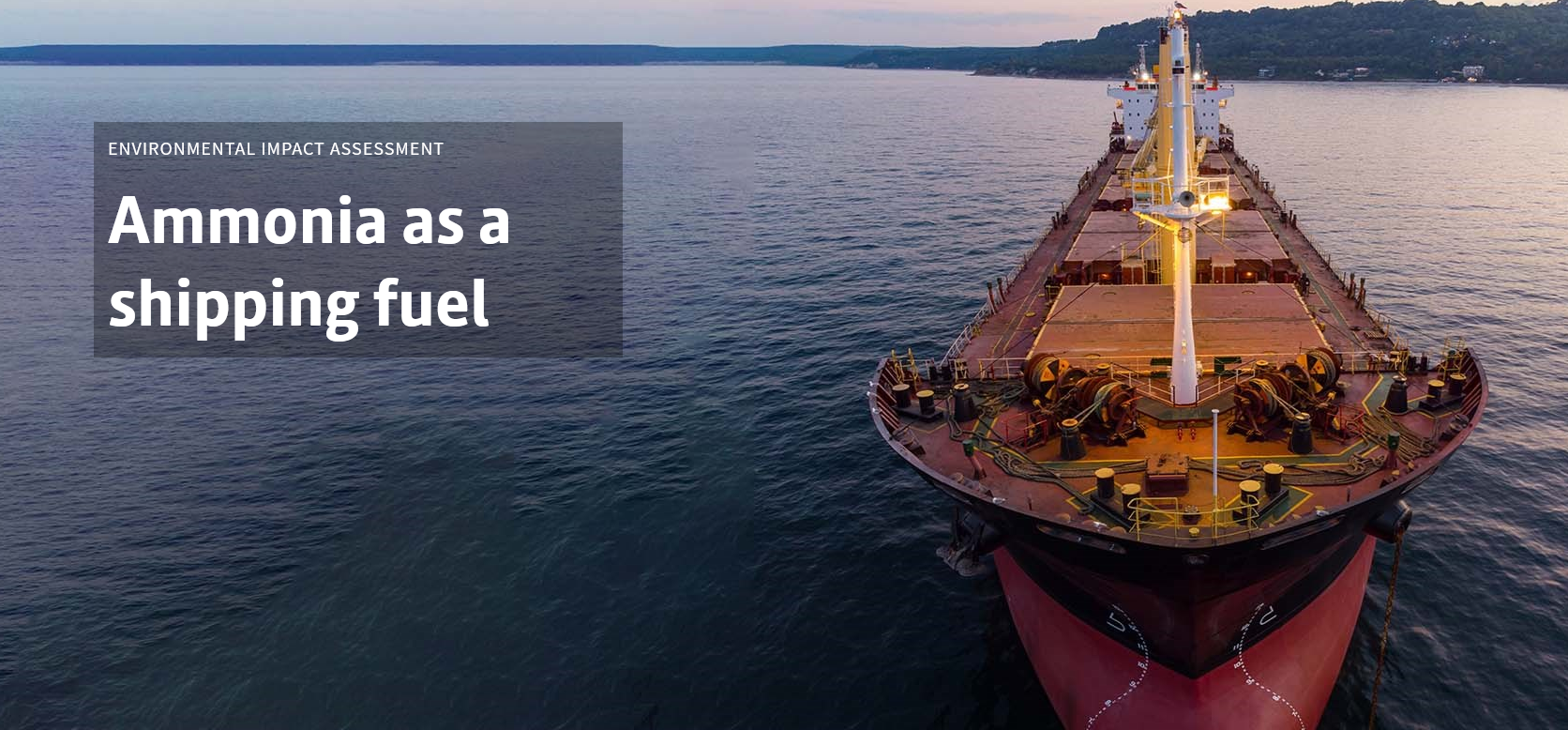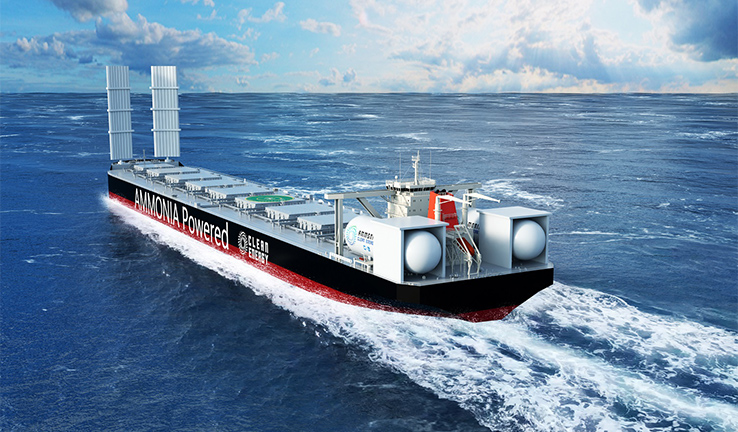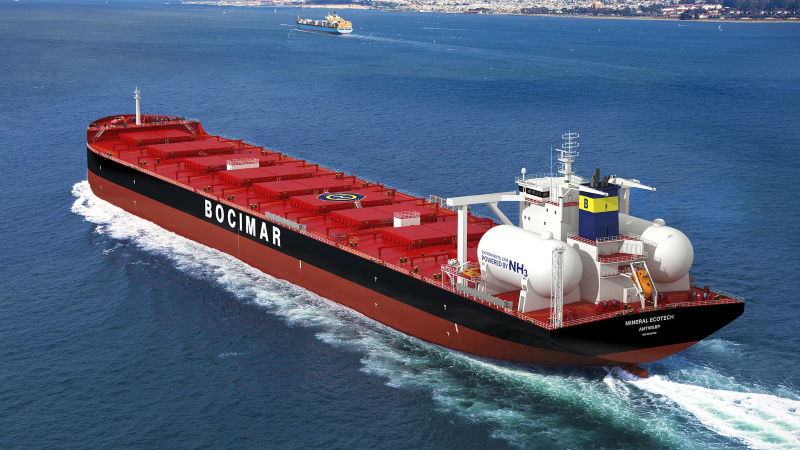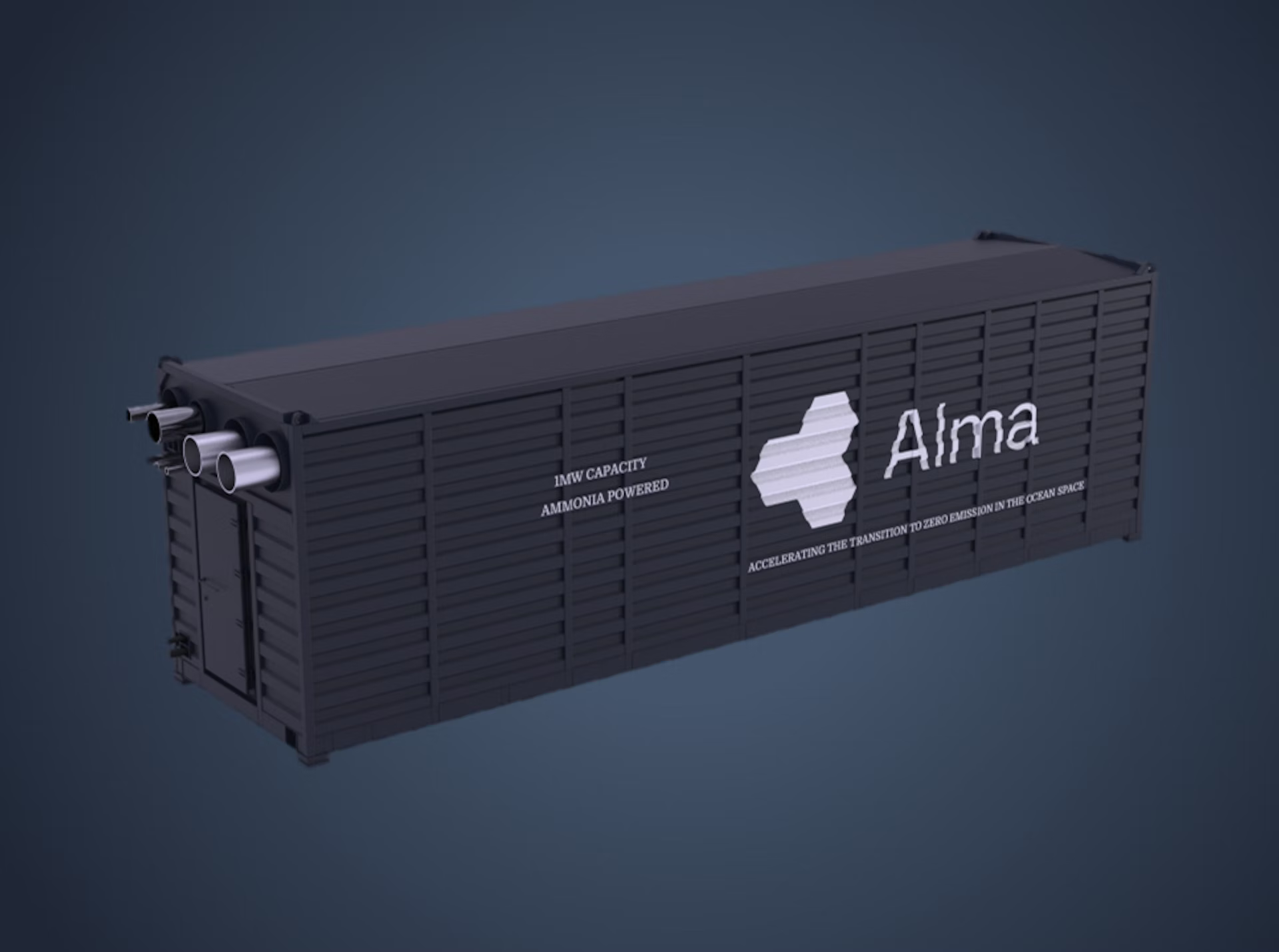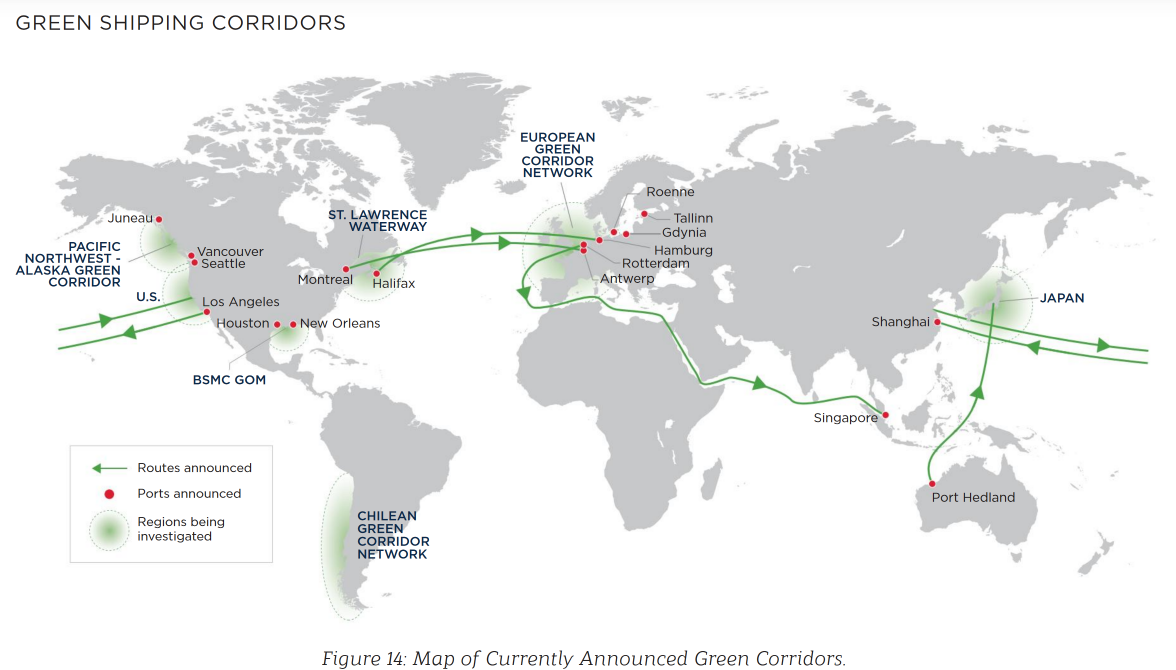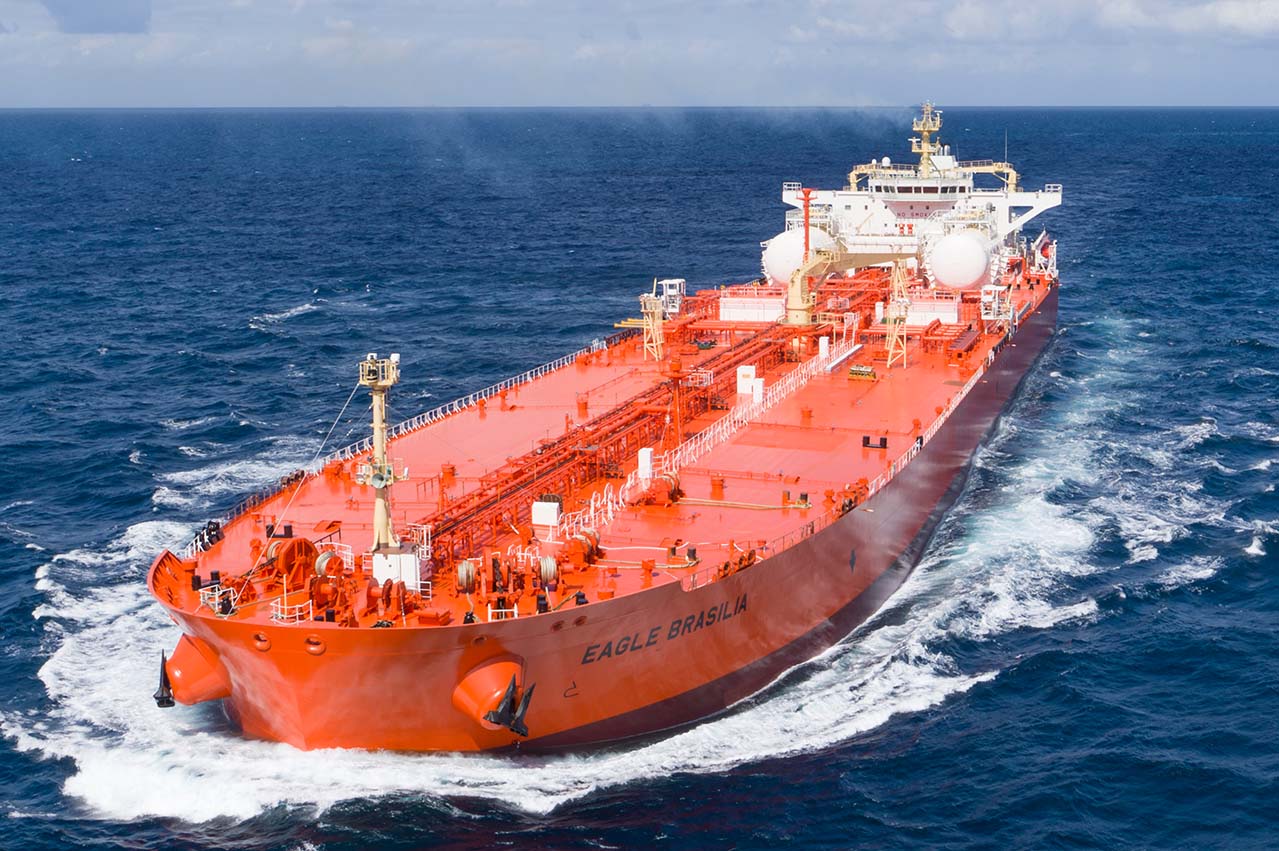NoGAPS vessel project enters next phase
The second phase of the NoGAPS project is well underway. Led by the Maersk Mc-Kinney Møller Center for Zero Carbon Shipping, a detailed plan for the design, operation and business case for the future MS NoGAPS vessel will be developed. Construction and delivery is expected in 2024-25. Also in Scandinavia, Viridis Bulk Carriers has been awarded AiP from Bureau Veritas for its ammonia-fueled, short-sea, bulk carrier design.

